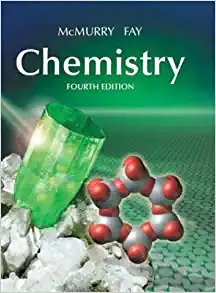Answered step by step
Verified Expert Solution
Question
1 Approved Answer
Cu(s)+4HNO3(aq)Cu(NO3)2(aq)+2H2O(+2NO2(g) Let's say we started with 0.0015molCu(s). In the reaction equation, note that 4HNO3 react with 1Cu. This means you can use the relation as


Step by Step Solution
There are 3 Steps involved in it
Step: 1

Get Instant Access to Expert-Tailored Solutions
See step-by-step solutions with expert insights and AI powered tools for academic success
Step: 2

Step: 3

Ace Your Homework with AI
Get the answers you need in no time with our AI-driven, step-by-step assistance
Get Started


